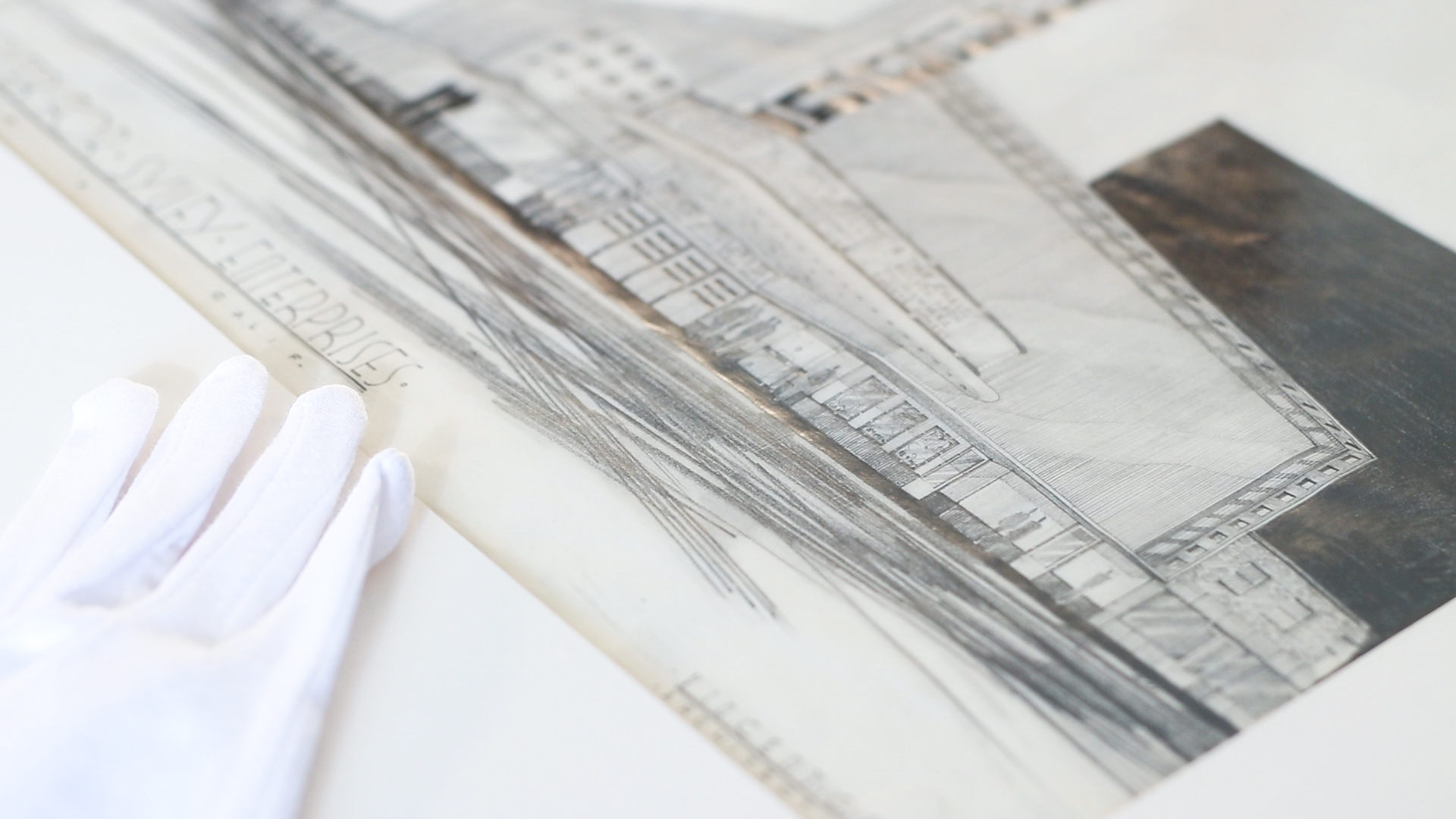For many collectors, modern design is not only a passion but an investment. The pieces collected bring both aesthetic and monetary value to their owner. However, keeping a large collection cataloged and protected against the elements can seem like an insurmountable task. Here are 4 simple ways to keep your art safeguarded for the future.
1. Know Your Media and Material
First, you’ll need to know the type of material your drawing was created on. Some common types of materials used are:
- Paper
- Polyester film
- Cloth
- Animal skin
Next, what type of medium was used? Examples of media are:
- Oil-based printing ink
- Manuscript ink
- Graphite
- Photomechanical
Each of these has a different rate of deterioration, and are susceptible to different causes of degradation. Knowing this information can help you find the best way to store and enjoy your collection.
2. Storing Your Art
Whether you want to have your art out to enjoy or stored for safekeeping, there are measures you can take to protect your pieces.
If you want to display your art and view it regularly, the piece will need to be framed and hung with care. Also, your piece will need to be on an interior wall away from doors and drafts. This article has some excellent tips on how to properly display art in your home.
As for storing pieces to keep them away from environmental damage, pests, and mold, you’ll need to make sure a few things are in order before tucking them away.
First, you’ll need to decide if polyester or buffered paper will be the best storage option. Polyester can allow acid to be trapped with some material and provides protection from handling while allowing to be viewed. However, polyester is not advised for flaky media like charcoal or soft pencil. On the other hand, buffered paper absorbs acids and provides “breathability” to aid in paper longevity. A downside to buffered paper is that you have to remove the piece from its paper storage to view it.
Next, determine which storage practice will be best for your piece. Here are some of the most common ways to store designs:
- Flat Files (preferably metal)
- Encapsulation
- Rolled Tubes (at least 4 inches in diameter)
- Map Cases
Finally, you’ll need to ensure that the environment is conducive to art storage. Humidity in your storage area needs to remain in the 30-55% range. Temperature needs to be around 70. Lighting needs to be just right. These are things necessary to keep your pieces in tip-top shape.
3. Processing Your Art Collection
Do you have a system to keep track of all the pieces in your collection and their condition every time you view them? If the professionals at the National Archives do it, then you should too! Archiving your art can be as simple as a handwritten log or an Excel spreadsheet. If you prefer the electronic route, there is also an app for that! Artwork Archive is just one way to electronically archive your treasures. If a disaster should happen, you can be prepared by having your art collection documented and archived.
4. Insure Your Collection
Collectors should seek advice from a professional licensed insurance agent that understands this unique type of asset. Some insurance companies use the term “Replacement Cost” (replacing an asset in its pre-loss condition with an asset of a “like kind and quality”). Fine Arts cannot be replaced with like kind or quality of today’s materials, as most are one of a kind.
Instead, the policy should include coverage under an agreed upon value, or stated value, so the owner will get the amount agreed between the owner and insurance carrier for each piece of artwork. This is more expensive than other types of insurance coverage and needs to be evaluated on a case by case basis.
Begin Investing
If you are looking for the perfect piece to begin your own collection or add to it, visit our GALLERY. We have beautiful, original pieces by Raymond Loewy and several other artists that will brighten up your day.





